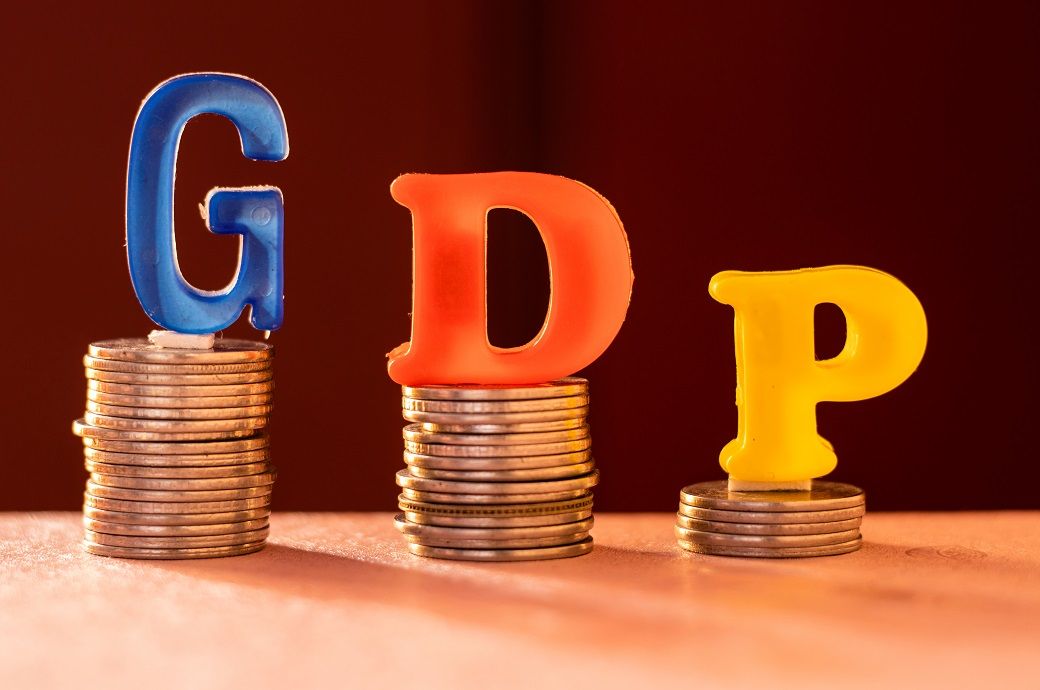
The revision reflects several factors, including the resilience of the Indian economy, continued government capital expenditures, the deleveraging of corporate and banking sectors' balance sheets, the anticipated rise of a new private corporate capital expenditure cycle, and persistent growth in business and software services exports, despite global economic challenges.
However, the global economic landscape presents risks. The World Trade Organization forecasts a mere 0.8 per cent increase in world merchandise trade volume for 2023, significantly lower than the anticipated 1.7 per cent. The International Monetary Fund projects a slowdown in global growth to 2.9 per cent in 2024, coupled with a decrease in growth across emerging markets and advanced economies. The geopolitical volatility, reflected in the rise of the Baltic Dry Index, further threatens global growth and trade, particularly through potential disruptions in supply chains, Ind-Ra said in a press release.
“All these risks will continue to weigh on and restrict India’s GDP growth to 6.7 per cent in FY24 (FY23: 7.2 per cent). The quarterly GDP growth, which came in at 7.8 per cent yoy and 7.6 per cent yoy in Q1 FY24 and Q2 FY24 respectively, is slated to slow down sequentially in the remaining two quarters of FY24,” said Dr. Sunil Kumar Sinha, principal economist, Ind-Ra. The RBI also expects a sequential slowdown in the GDP growth in the remaining two quarters and expects the overall FY24 GDP to come in at 7.0 per cent.
On the domestic front, Indian merchandise exports and imports have experienced declines, reflecting weaker global trade. Despite this, the services trade surplus saw an 18.1 per cent increase. This, combined with a quicker decline in merchandise imports, led to a significant reduction in the overall trade balance. Ind-Ra anticipates retail and wholesale inflation to average 5.3 per cent and 0.6 per cent respectively in FY24, with inflation expected to moderate later in the year. Yet, with cereals and pulses inflation persistently high, the trajectory of retail inflation remains uncertain, the release added.
While higher tax and non-tax revenues are expected to balance out any shortfall in disinvestment revenue, achieving the FY24 fiscal deficit target of 6.0 per cent of GDP remains a challenge. The current account deficit is expected to narrow to 1.3 per cent of GDP in FY24, thanks to a decrease in merchandise exports and imports, along with continued inflows from remittances and software exports. Consequently, Ind-Ra has forecast an increase in the forex reserve and a stable Indian rupee, averaging 83.05/USD in FY24, supported by the Reserve Bank of India's interventions to mitigate volatility.
ALCHEMPro News Desk (KD)
Receive daily prices and market insights straight to your inbox. Subscribe to AlchemPro Weekly!